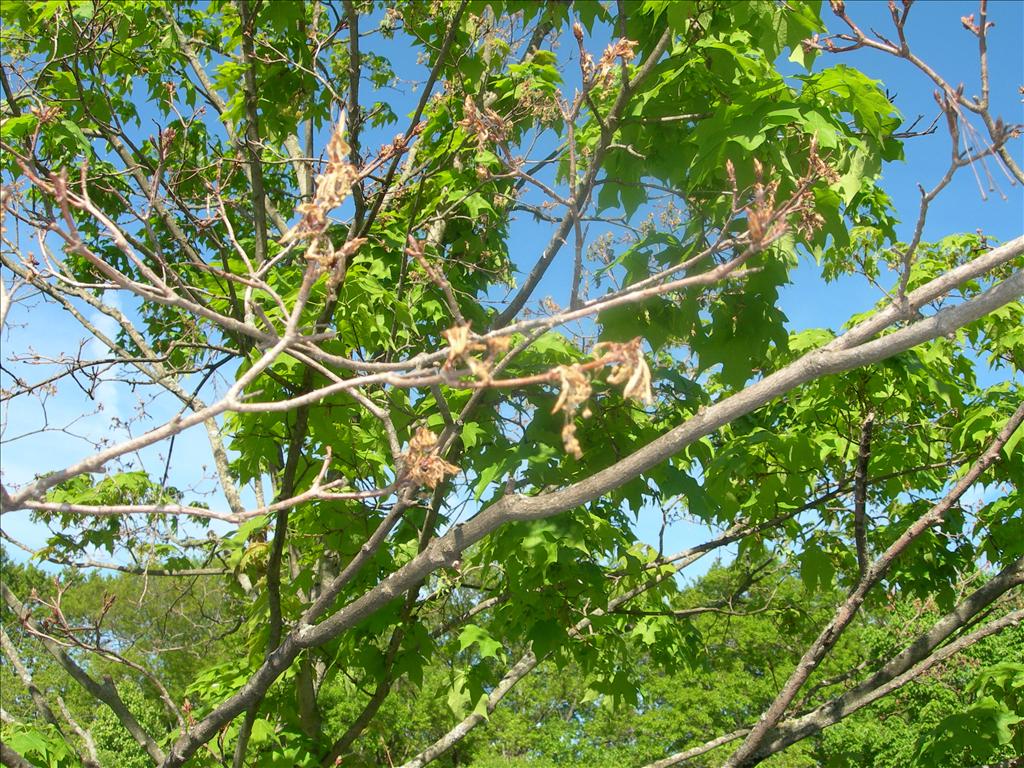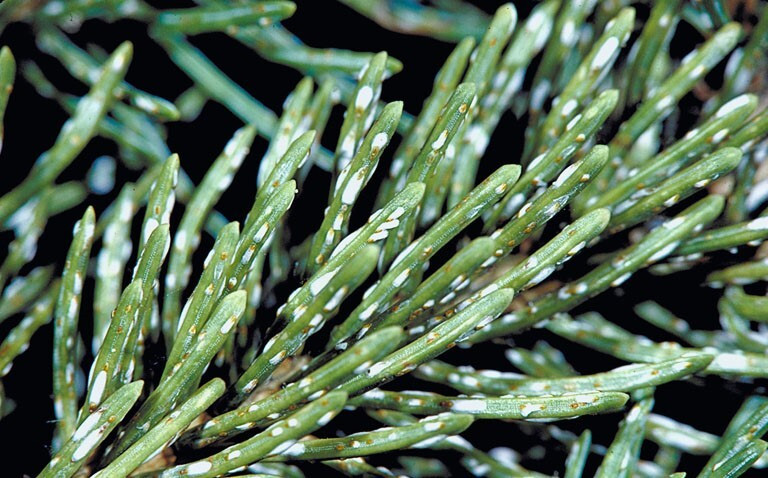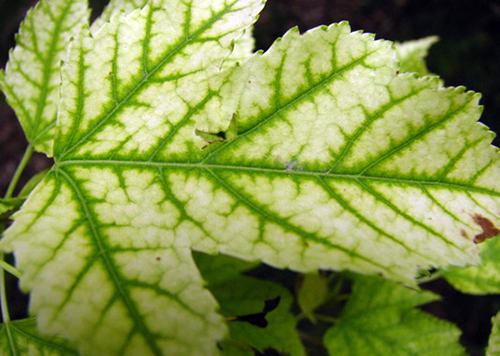
Last week, we discussed winter injury on spruce trees, and now it seems that some maples, birches, and hackberries are also affected. If your tree hasn’t leafed out at the top, it’s likely due to winter desiccation. We had another dry fall before winter for the second consecutive year. For minor issues, prune the dead branches. However, if a young tree has significant dieback, you might consider replacing it.

In your garden, it’s crucial to practice crop rotation. I plant tomatoes and peppers on opposite sides of the garden each year and do the same with vine crops and cole crops like cabbage. This rotation helps prevent the buildup of diseases and pests. Also, consider using drip irrigation to keep leaves dry and reduce fungal diseases. If you use overhead watering, do it in the morning so the leaves dry by evening. Keep an eye out for pests like cucumber beetles, squash bugs, aphids, cabbage worms, and mites.
After blooming, prune lilacs, honeysuckles, and any early-flowering shrubs as needed.

I also noticed some pine needle scales recently. These appear as white, fuzzy bumps on the needles and protect the eggs. The newborns are reddish or black crawlers. It takes several years for a harmful population to build up, typically in stressed trees. Keeping the tree well-watered helps, and natural predators like ladybugs and wasps can control the scale. For small or highly infected trees, insecticidal soaps are effective this time of year.

Iron chlorosis will soon show up in some woody plants, where leaves turn yellow while veins remain green. Despite adequate iron in our soils, high pH, clay soils, or compacted soils can prevent plants from absorbing it. Maples, viburnums, and some fruit trees are commonly affected. To help, use chelated iron as a foliar spray or soil supplement. Long-term prevention involves lowering soil pH by using a high peat moss mix and high-acid fertilizers.
